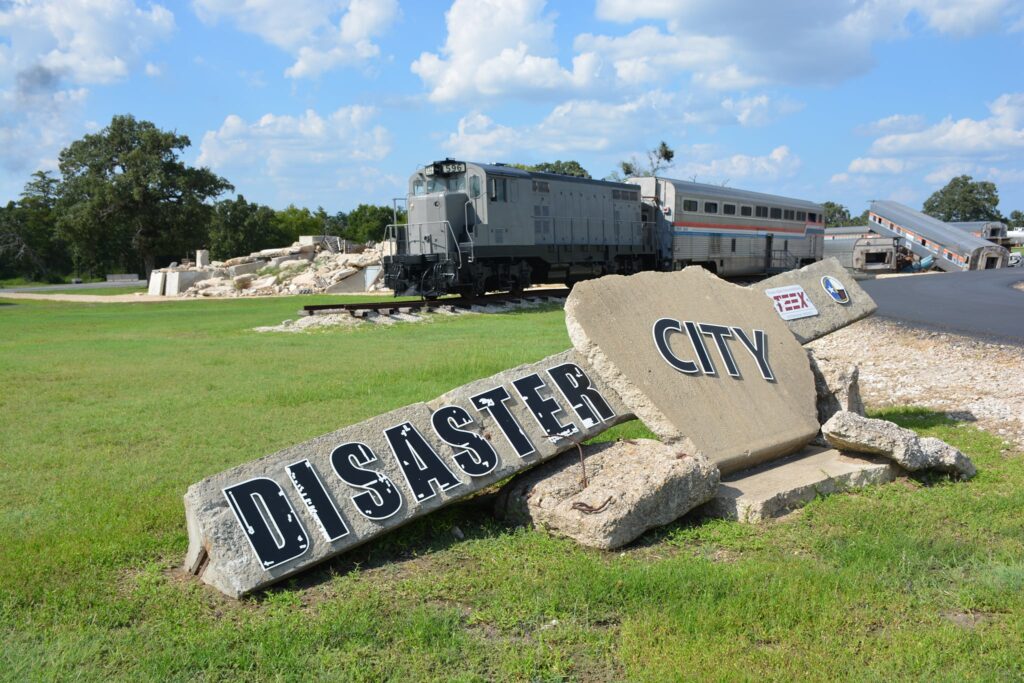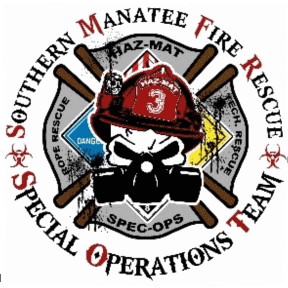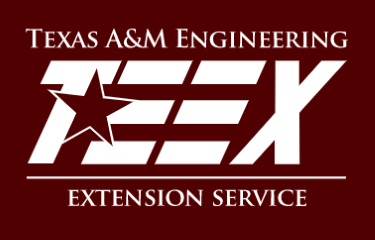
“The communication of time-critical, life-saving data to first responders consists of both the reliable transmission of data—a task that often must be performed in less-than-ideal situations—as well as the presentation of data in a way that is easily digestible and actionable,” said Squishy Robotics COO Deniz Dogruer. Squishy Robotics sensor robots and associated software need to excel at both to better ensure the safety of the first responders that employ our products. “This grant will help our company to improve product communications as well as to conduct significant user experience testing that we believe will result in important first responder-recommended product improvements.”
Squishy Robotics has recently begun a year of testing communications equipment, protocols, and software, which is funded by a NIST PSCR grant award. The Public Safety Communications Research (PSCR) Division of the National Institute of Standards and Technology (NIST) is a federal laboratory that focuses on evaluation of and improvements for public safety communications technologies. NIST is a non-regulatory agency under the U.S. Department of Commerce that develops standards that apply to various industries.
Both Southern Manatee Fire & Rescue (SMFR), our pilot partner since mid-2020, and Texas A&M Engineering Extension Service (TEEX) are public safety partnering agencies for this grant-funded testing. Squishy Robotics will work with firefighters and HazMat team members from SMFR to better understand and improve the first responder user experience.
In fact, some of the testing scenarios grew out of real emergencies that SMFR team members detailed during customer feedback meetings.
In addition to the user testing that will be performed in Florida with SMFR, communciations testing and data collection will take place at and in association with Texas A&M Engineering Extension Service (TEEX). “Squishy Robotics has been working with TEEX personnel during the proposal writing and after the award announcement to outline and then detail the testing protocols for our robots,” Dogruer said. As part of this testing, Squishy Robotics team members will work closely with an advisory panel of subject matter professionals with experience in hazardous materials and emergency response operations. TEEX trains more than 100,000 emergency responders from all 50 states as well as from countries around the world.
“We feel privileged to be working with TEEX and its team of emergency response and homeland security experts.” Dogruer added that “our time in Texas will be spent working with highly regarded authorities in world-class facilities.” The TEEX Brayton Fire Training Field has a huge collection and variety of fire trucks and vehicles—it is important to ensure that our robots can function well and without, for example, radio interference when surrounded by the variety of equipment and vehicles that respond to a typical HazMat scene.
TEEX Brayton is adjacent to Disaster City, a 52-acre training facility located in College Station (the site of the main Texas A&M University campus). Dogruer explained that the facility, which includes collapsed buildings and train derailments, provides an authentic, real-world environment for the testing of emergency equipment.


